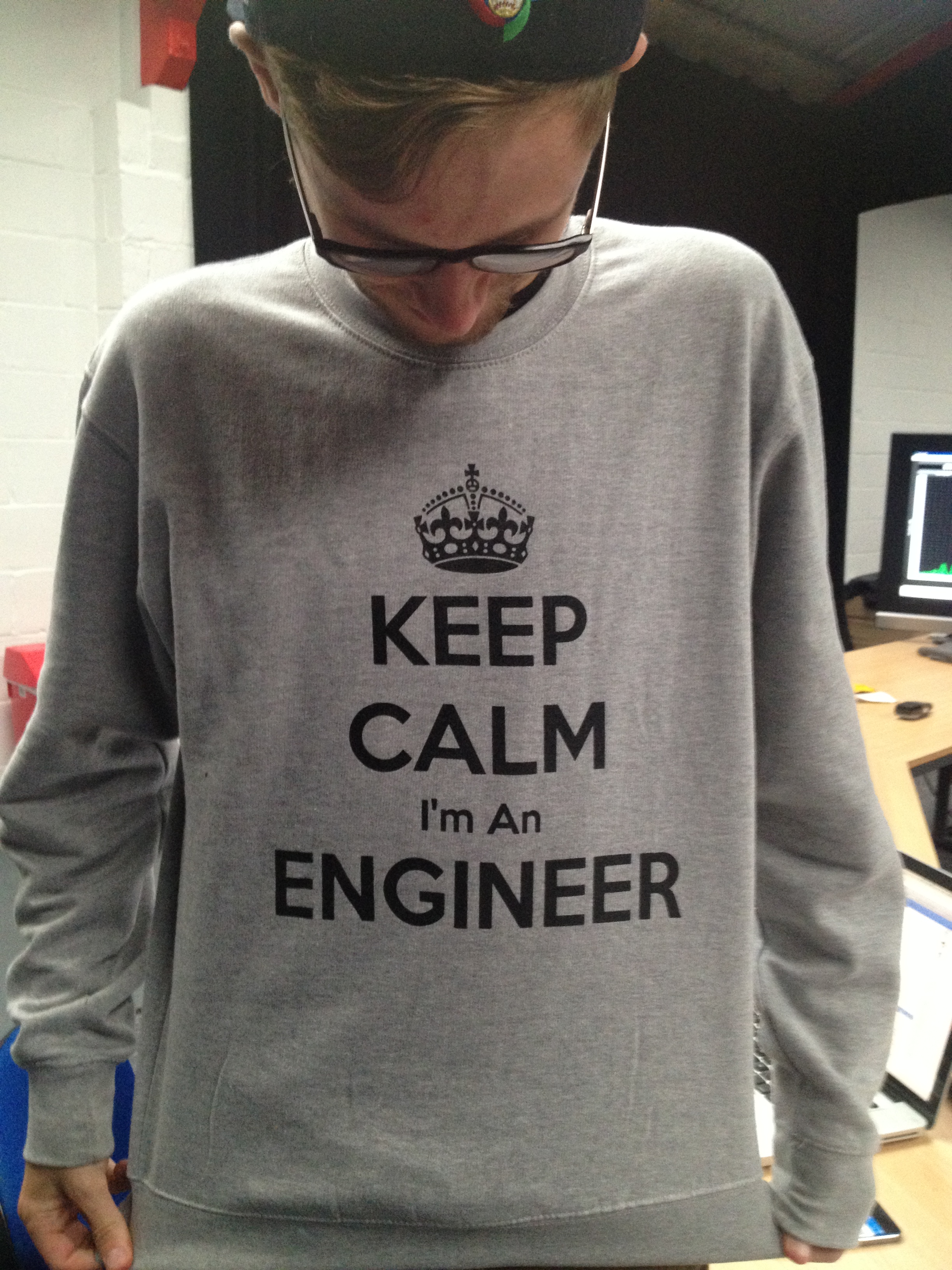By: Malle Kaas
I have a lot of experience as a sound technician, but I practically have none as a mixing engineer. However, as I have mentioned in previous blog’s, it is my goal to become a mixing engineer. I would like to share my thoughts about the path I have chosen to follow to becoming a sound engineer. I have definitely found it very helpful to have an understanding of physics and math. Music theory and/or being a musician would help too. I don’t play an instrument, and somehow I always thought this would be a big handicap to becoming a sound engineer. I now know I don’t have to be a musician to become a sound engineer. However, it is a must to be well versed in the sound of many different instruments and musical genres.
Last year, I started to go to as many different musical performances as possible. I’m also considering taking guitar lessons, just to get closer to how a musician thinks. In addition, I have been very determined to become part of some of the smaller venues around in Copenhagen, (where I live), I have been working and learning in these venues for the last year. These venues are excellent places for picking up techniques to mix live sound, and maybe somewhere down the road mixing the opening acts. The venues are great places to both network and hone your skills. I have also approached a couple of really good sound engineers and have asked to shadow them on their gigs whenever possible.
There are many ways to get experience and your foot in the door; interning at a studio, attending a college/university or trade school, interning at small venues or with sound companies. I found that the Britannia Row course has been one of the most important steps I have taken, students from all over the world come here (Clair Brothers in the US has a similar course). Here I have had three very intense months and have learned from the deep bottom. I have made mistakes, and I can see my progress in learning to become a live sound engineer. I was glad that I had some know-how before attending this course. I would definitely recommend having some work experience in production before joining this kind of course or at least completion in some type of audio courses.
Week 9 at Brit Row:
This week Luca Stefani has walked us through Smaart (Sound Measurement Acoustical Analysis Real Time tool) and Lake from the Lab Group. Both are very important tools when it comes to turning the sound system. With the Smaart program on a laptop and a reference microphone, it is possible to find the time difference between two speakers, (e.g. a sub and a top speaker, or a delay system), and to time align both before the sound hits the listener. Smaart is also used to find any difference in sound level between the different speakers. We learned how to use the Lake to do the actual time alignment and EQ, as well as balance out the sound level. “Lake” is very often used as a crossover filter by passive speakers.
I must admit I found all of it difficult to figure out in practice at first, but through the individual sessions that we have, it all started to make sense. However, like so many other things training and practice over and over again is what eventually will get us there…
